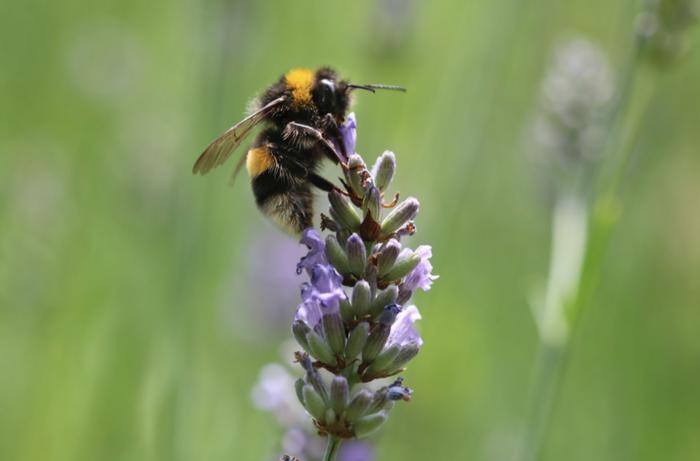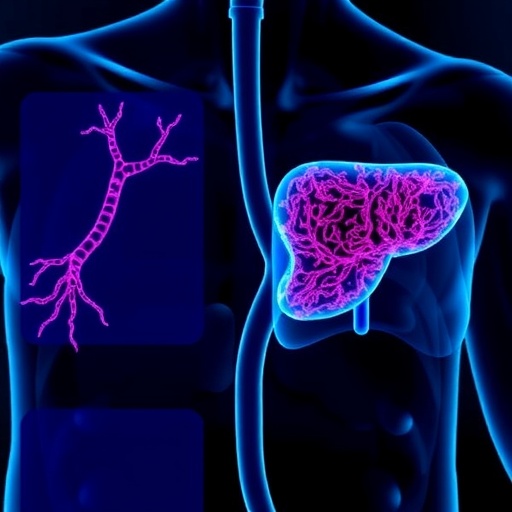
Recent research has illuminated the diverse and complex impacts of neonicotinoid pesticides on bumble bee populations, specifically highlighting the differential effects on various body tissues. Conducted by scientists at Queen Mary University of London, the study delves deep into how exposure to the widely-utilized pesticide clothianidin can disrupt the normal gene activity in crucial bumble bee tissues. This groundbreaking research not only sheds light on the intricacies of pesticide exposure but also raises significant concerns regarding the current methodologies used in pesticide risk assessments.
The study reveals that the neonicotinoid pesticide clothianidin causes considerable changes to gene activity across different tissues in bumble bees—82% of gene activity interruptions were found to be tissue-specific. Bumble bees exposed to a field-realistic dose showcased fundamentally different responses in their brain, legs, and kidney-like tissues. This complexity indicates that traditional assessments of pesticide risks often overlook the nuanced variations in how these chemicals impact different parts of an organism. The revelation aligns with concerns about the ongoing decline of pollinator populations worldwide, prompting calls for a reassessment of current pesticide application practices.
Professor Yannick Wurm, one of the leading researchers on this project, elucidates the multi-faceted dysfunctions that arise from such exposures. The study demonstrates that damage is not universally distributed; rather, it manifests distinctly in different tissues, leading to a variety of adverse outcomes. The implications of these findings are far-reaching, suggesting that detrimental effects can cumulatively compromise bumble bees’ mobility, cognitive ability, and overall immunity. As this realization spreads, it becomes increasingly clear that pesticide application must be considered with heightened scrutiny.
While neonicotinoids are celebrated for their effectiveness in pest management within agriculture, emerging knowledge indicates that these chemicals pose substantial risks to non-target insects, especially bees that serve a vital role in pollination. Previous studies have drawn conclusions about the death rates linked to low doses of these pesticides, but the new research digs deeper by examining the molecular pathways affected, revealing a disturbing potential for disruption at every level of bee function.
An important aspect of the study lies in its methodological approach—high-resolution molecular diagnostics were employed, tools typically associated with biomedicine that have rarely been implemented in environmental science. The researchers meticulously examined how pesticide exposure alters gene expression, discovering that different body areas exhibit unique reactions. For instance, genes in the brain linked to ion transport processes were disrupted, while changes affecting muscle-specific genes in the hind femur illustrated how movement capacity could be compromised. Simultaneously, the gene functions tied to detoxification in the Malpighian tubules showed a concerning decline, akin to diminishing kidney function in vertebrates.
Dr. Federico López-Osorio, a co-author, emphasizes the urgency of these findings. He critiques the conventional methodologies in evaluating pesticide risks, claiming that failure to take into account tissue-specific damage renders these assessments inadequate for comprehending the actual threats posed to pollinators. By largely neglecting the nuanced effects of pesticide interactions on vital bee tissues, current risk assessments risk underestimating the actual scope of the problem.
This research poses an imperative message: we must adopt a more sophisticated understanding of agricultural practices and their ramifications for ecosystems. The notion that a single chemical can devastate multiple organs in an organism offers a stark warning sign. Such findings should stimulate an academic and industrial reevaluation of pesticide consumption patterns. Governments, scientists, and agricultural stakeholders are now urged to reconsider not just how they use pesticides but also how they develop them, with an eye towards minimizing long-term harm to critical ecosystems.
The researchers point to patterns resembling those seen in human ailments such as aging and cancer. This comparison underscores the profound health threats posed by pesticides to bees, suggesting that the future of apiary health could hinge on a more robust regulatory framework. As awareness grows over the plight of pollinators, the dialogue surrounding biodiversity and agricultural responsibility must intensify.
The study provides an avenue for policymakers and regulatory bodies to reassess pesticide safety protocols firmly. With biodiversity facing unchecked decline and agricultural practices evolving rapidly to accommodate new production methods, adapting pesticide regulations to prioritize ecological health is paramount. The pressures exerted by agricultural intensive practices highlight the dire need for cohesive strategies that protect pollinators while ensuring food security.
As public consciousness continues to mount around biodiversity loss, it is crucial for informed discussions regarding pesticide usage to take center stage. Raising awareness about the impacts of pesticides on essential contributors to ecosystem health serves to galvanize efforts towards policy restructuring, intended to protect the delicate web of life. The implications of this research can resonate across environmental policy landscapes, encouraging collaborations across science, agriculture, and conservation.
In anticipation of publication in the forthcoming edition of the journal Science of the Total Environment, this study reiterates a foundational principle of environmental stewardship: understanding our ecological roles before taking action is essential to achieving sustainable outcomes. It beckons all stakeholders involved—from farmers to scientists—to embrace responsibility in fostering global ecological balance.
As citizens worldwide grapple with the implications of declining biodiversity, the key takeaway is the need for proactive measures. Collective action must be encouraged to reassess how pesticides are developed, regulated, and applied to avert further damage to non-target organisms. The study’s authors advocate for an urgent overhaul of pesticide assessment protocols to encompass more detailed evaluations, ensuring that the health of critical species such as bumble bees is not placed at risk by human intervention.
Ultimately, this research embodies a pivotal moment in the discourse on pesticides and pollinators. It serves as a clarion call for integrated approaches connecting health, agriculture, and biodiversity conservation strategies. By fostering a culture of inquiry, compliance, and ethical responsibility within agricultural frameworks, society can forge paths toward healthier ecosystems and, by extension, healthier communities.
Subject of Research: Animals
Article Title: A neonicotinoid pesticide causes tissue-specific gene expression changes in bumble bees
News Publication Date: 10-Jan-2025
Web References: DOI Reference
References: Science of The Total Environment
Image Credits: Photo Credit: Andres Arce
Keywords: Pesticides, Bees, Environmental Issues, Animal Pollination, Organismal Biology





